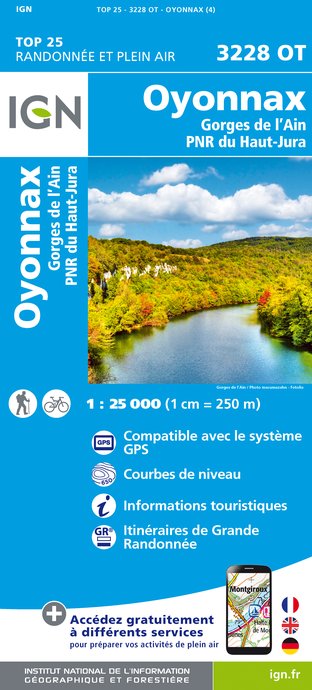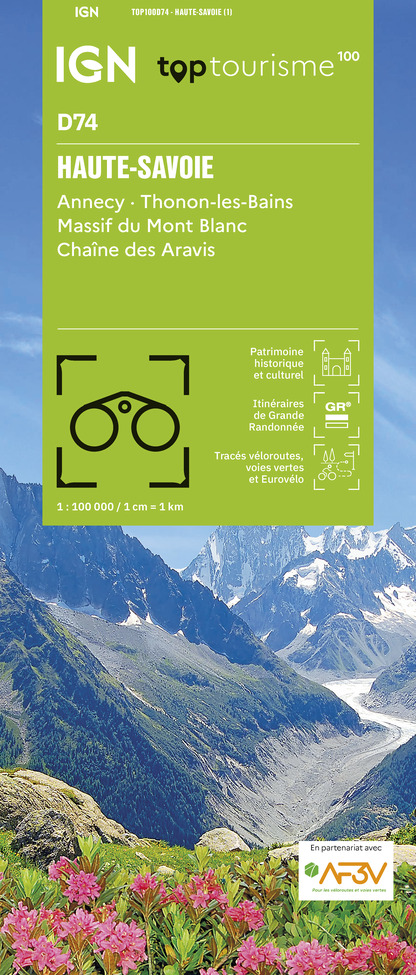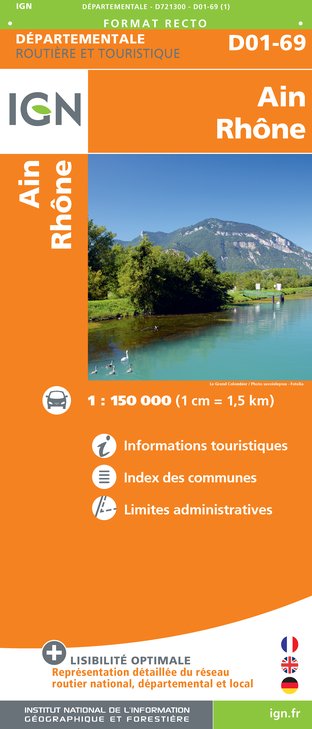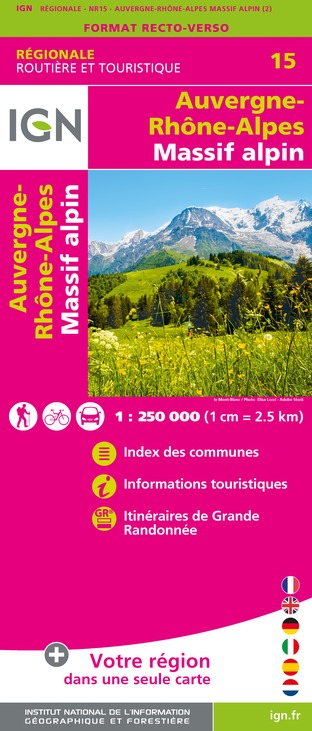Alert
Alerts
Fontaine-Noire, ENS de l'Ain










Description
On the right bank of the Ain, in a characteristic meander between the villages of Corveissiat and Bolozon, a magnificent riverside site. Impressive color in high water. Pedestrian access from the Cize viaduct.
From the viaduct, walk along the River Ain and its fishermen's huts. Next to a small stone hut just a stone's throw from the water, you'll discover a small stream that emerges from the rock to join the Ain.
The "Fontaine Noire" is part of the ENS Haute Vallée de l'Ain, which will be awarded the "ENS" label by the Département de l'Ain in 2019. True natural and landscaped jewels of the Ain department, sites awarded the ENS "Espaces naturels sensibles" label are managed in such a way as to preserve the biodiversity they host, and developed for opening to the public (barring exceptions due to the fragility of the environments).
Caving :
During a survey of the banks of the Ain in 1976, the cave was discovered by speleologists. Robert Durand and Jean-Louis Fantoli explored 402m of drowned conduits up to a narrow laminar.
On 05/06/1977, an interclub operation (Daniel Andrès, O.Bigot, Jean-Louis Fantoli and Pierre Licheron) found the continuation in the siphon and led to an open gallery ending in a hopper.
The cavity is mainly composed of two parts, characterized by the existence of a siphoning branch downstream and a semi-active part upstream.
The entrance basin plunges at -3 to the start of the gallery.
After a low point at -7, the drowned corridor (2.5 x 5m), with its surprisingly flat, smooth floor and ceiling, rises again after some 50 m into a collapsed room, partly excavated at low water. Large boulders and slabs of rock block the passage, and thick clay deposits line the floor and walls at this point.
Upstream, the conduit submerges completely, plunging to -10m. All along the way, stalagmites and stalactites testify to an exundated phase of the cavity, and remain one of La Fontaine's key sights.
170m from the entrance, a 2m-diameter shaft is carved out of the middle of the gallery, which extends into a 30m-long rolling mill.
The shaft gives access at -20 to a lower gallery also linked to the rolling mill by an 8m chimney. Blades of erosion spike up the shaft to 280m, in a room at -18.
There are two options:
- at the back of the room, high up, a rolling mill at -10m exhales a perceptible current.
- To the west, a high diaclase crosses the axis of the room at right-angles and opens out into the open. Halfway down, at -5°, a gallery extends for some 50 m to the open air, 350 m from the entrance.
The gallery runs north for 284m. Overflow waters from the underlying circulation flow through it. It develops over a stratum joint (4 x 1.5m), intersected by numerous perpendicular fractures. A 6-metre drop precedes a lake with an impenetrable hopper at its end.
Water temperature: 10°C.
Technical Information
Altimetric profile
Additional information
Price(s)
Free access.
Updated by
Bourg-en-Bresse Destinations - Office de tourisme - 24/11/2025
www.bourgenbressedestinations.fr
Report a problem
Open period
All year round.
Contact
Phone : 04 74 50 70 54
Email : mairie@corveissiat.fr
Website : https://corveissiat.grandbourg.fr
Facebook : https://www.facebook.com/corveissiat
IGN cards












Animals
Yes
